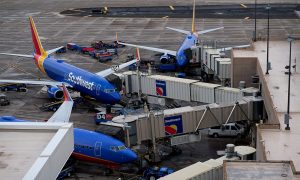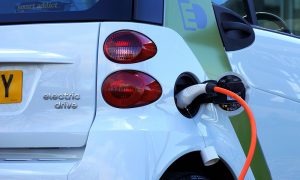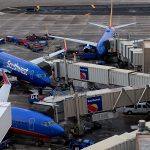Gasoline prices fell steadily throughout 2014, but something else rose last year: American’s use of public transportation.
Ridership hit the highest annual level since 1956, according to the American Public Transportation Association. Bloomberg reports that public transportation use in 2014 reached 10.8 billion rides, up 1 percent from 2013.
And, the increase was a tad higher in the last three months of the year, when there were 2.7 billion rides on local systems, up 1.1 percent from the fourth quarter of 2013.
The increases came despite gasoline prices that dipped below $2 a gallon in many parts of the United States. (Prices have since begun to rise again as spring approaches.) The increases also came as unemployment dropped to 5.6 percent by year end.
A bunch of factors are helping to contribute to rising public transportation use, a topic I wrote about in my 2014 Forbes eBook, Curbing Cars: America’s Independence From The Auto Industry.
One key reason is that many millennials are choosing to use public transportation rather than buy cars. Millennials have been drawn to big cities and college towns, which are likely to have transit options such as subway, light rail and bus systems.
There’s also beena reverse migration of seniors, baby boomers and Generation Xers into cities. Once there, they don’t want to be as wedded to their cars as they were in the suburbs.
The association says that several systems reported record ridership in 2014. These included the Bay Area Rapid Transit (BART) in Northern California, the King County Department of Transportation in Seattle and the Massachusetts Bay Transportation Authority in Boston, known as MBTA or the T.
Bostonians, in fact, were outraged this winter when heavy snow closed the T, and delayed many trains and trolleys.
New public transit systems also are popping up, like Sun Link in Tucson, and the Modern Loop streetcar in downtown Atlanta. Some of these have been funded by federal TIGER grants, with more projects on the way like Detroit’s light rail system.
Too, there is a growing use of smartphone apps to track public transportation, including where trains are at any given moment, and when they are likely to arrive. The knowledge that transit is a short way away is causing it to be viewed as more reliable.
Of course, eight out of 10 commutes still take place in the United States via cars, so traffic jams aren’t going away any time soon. But given the growth of new transit systems and the expansion of existing ones, the use of public transportation is a story idea for practically any part of the country.
STORY IDEAS










